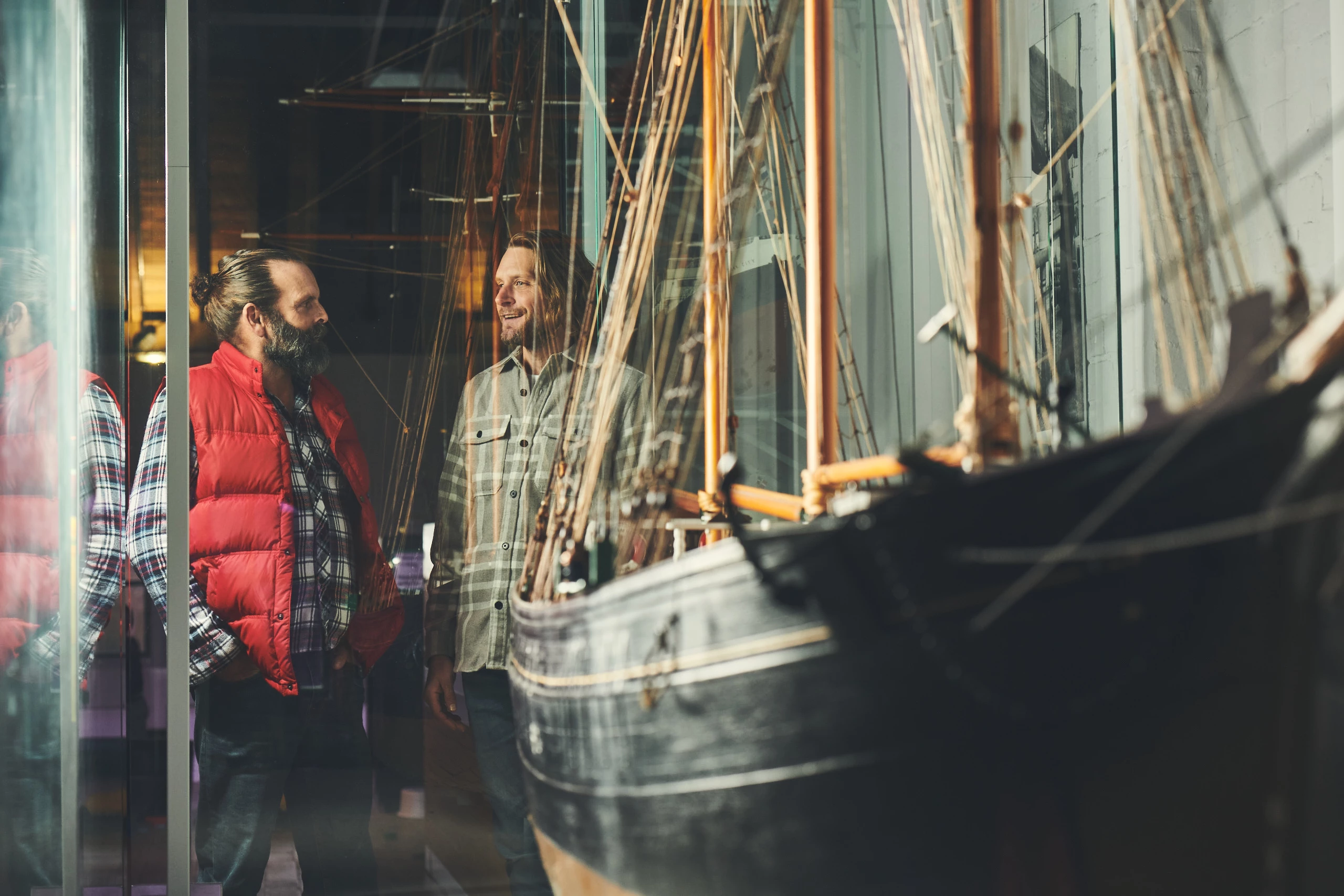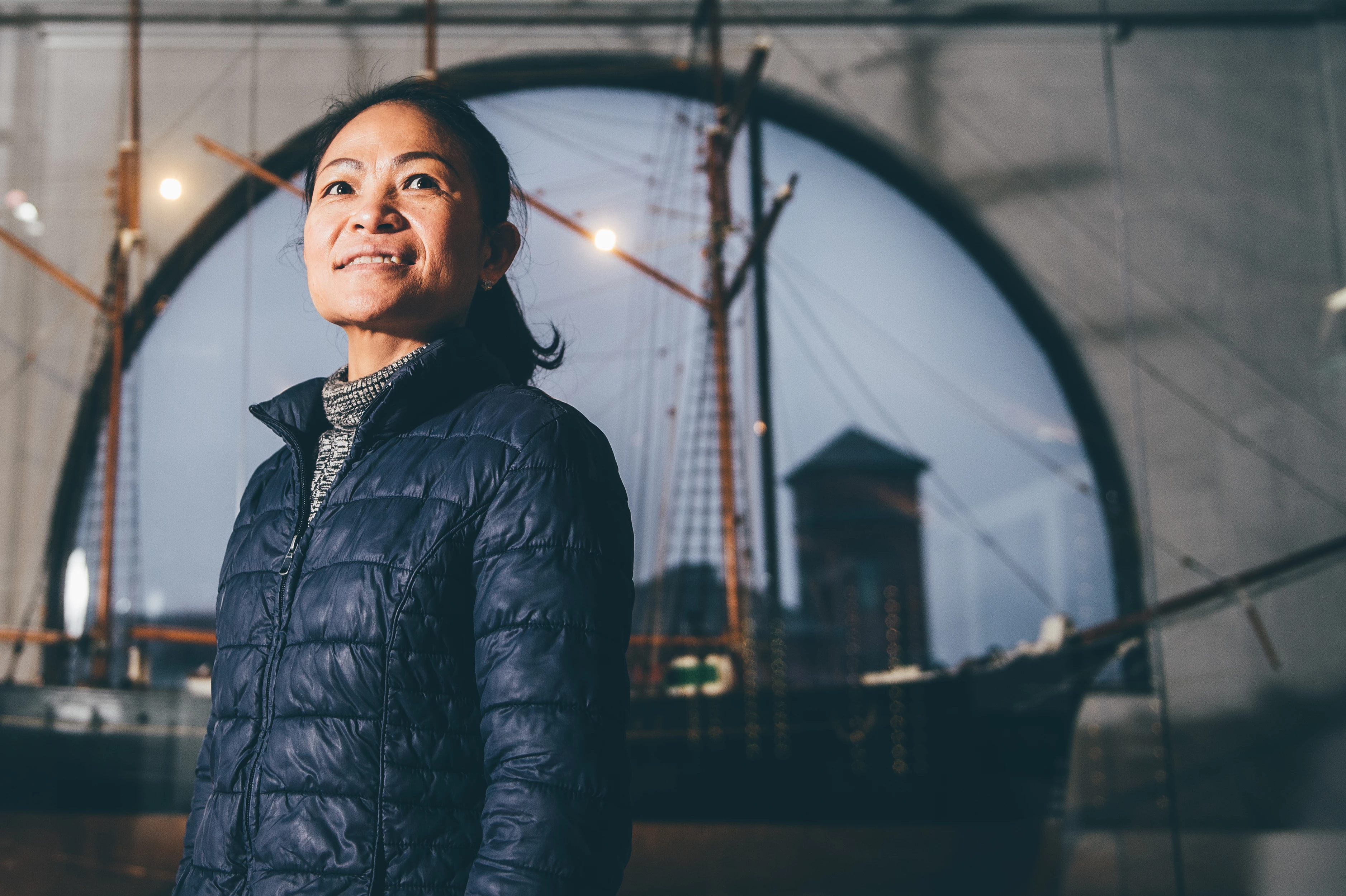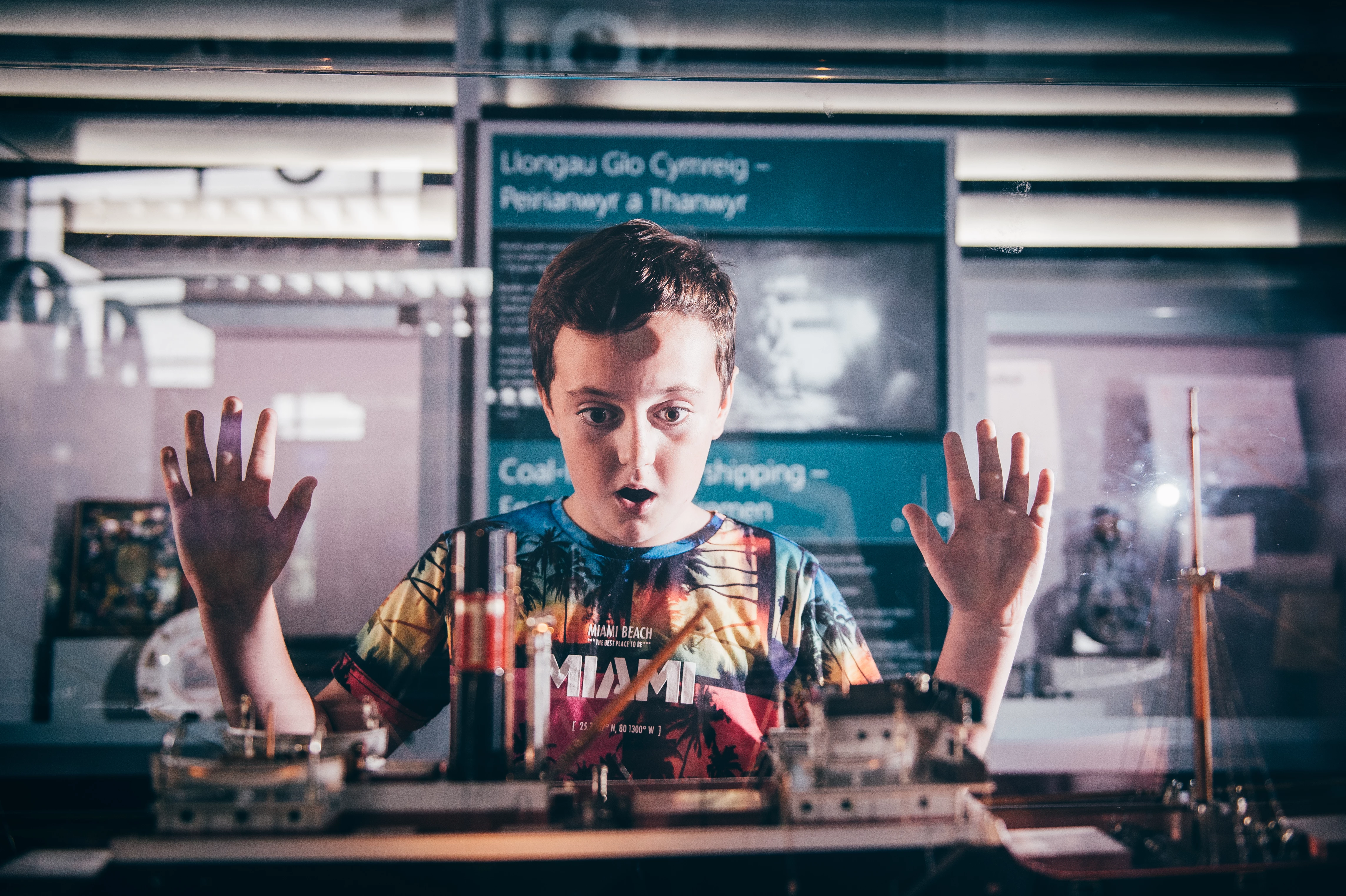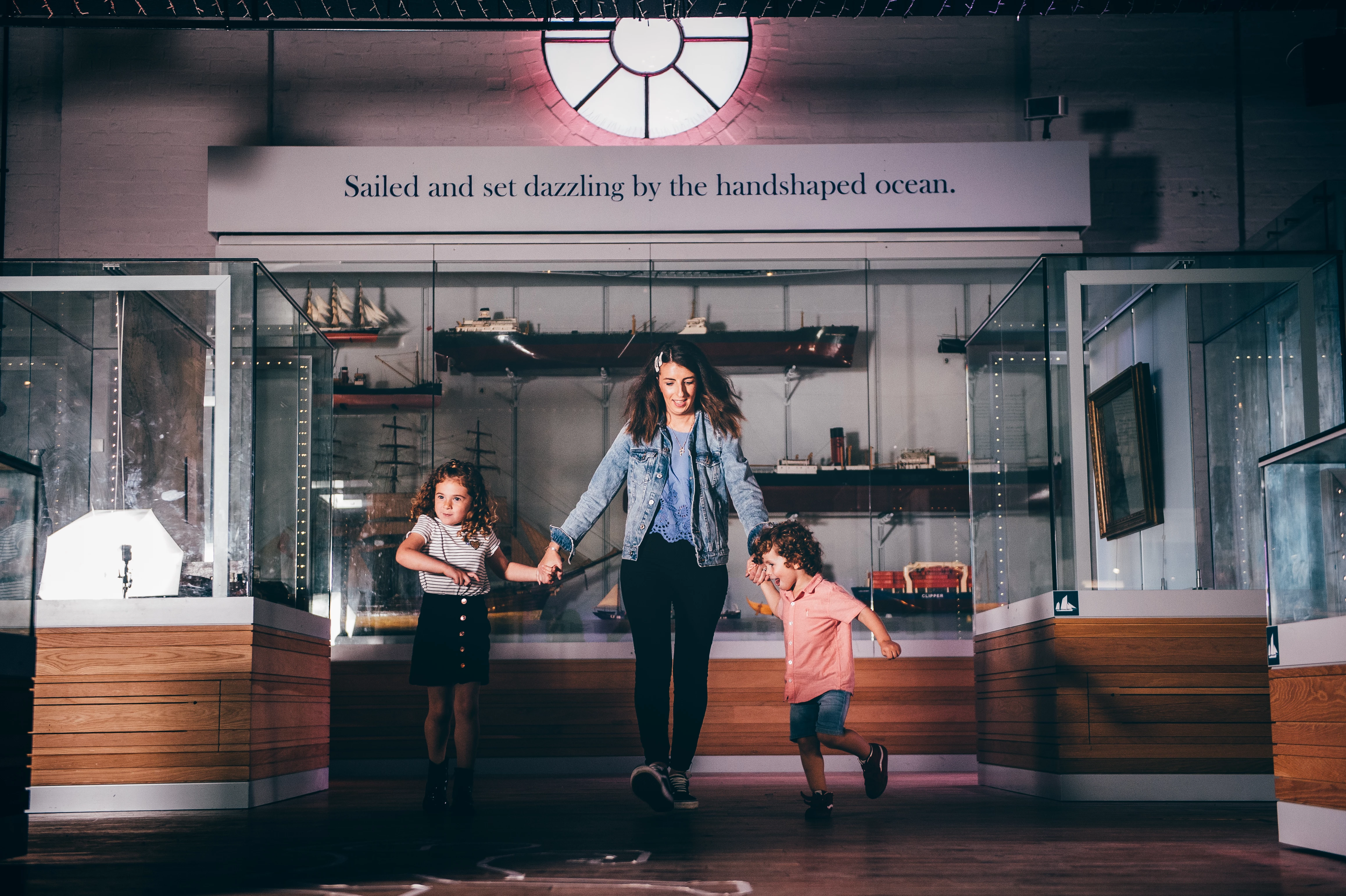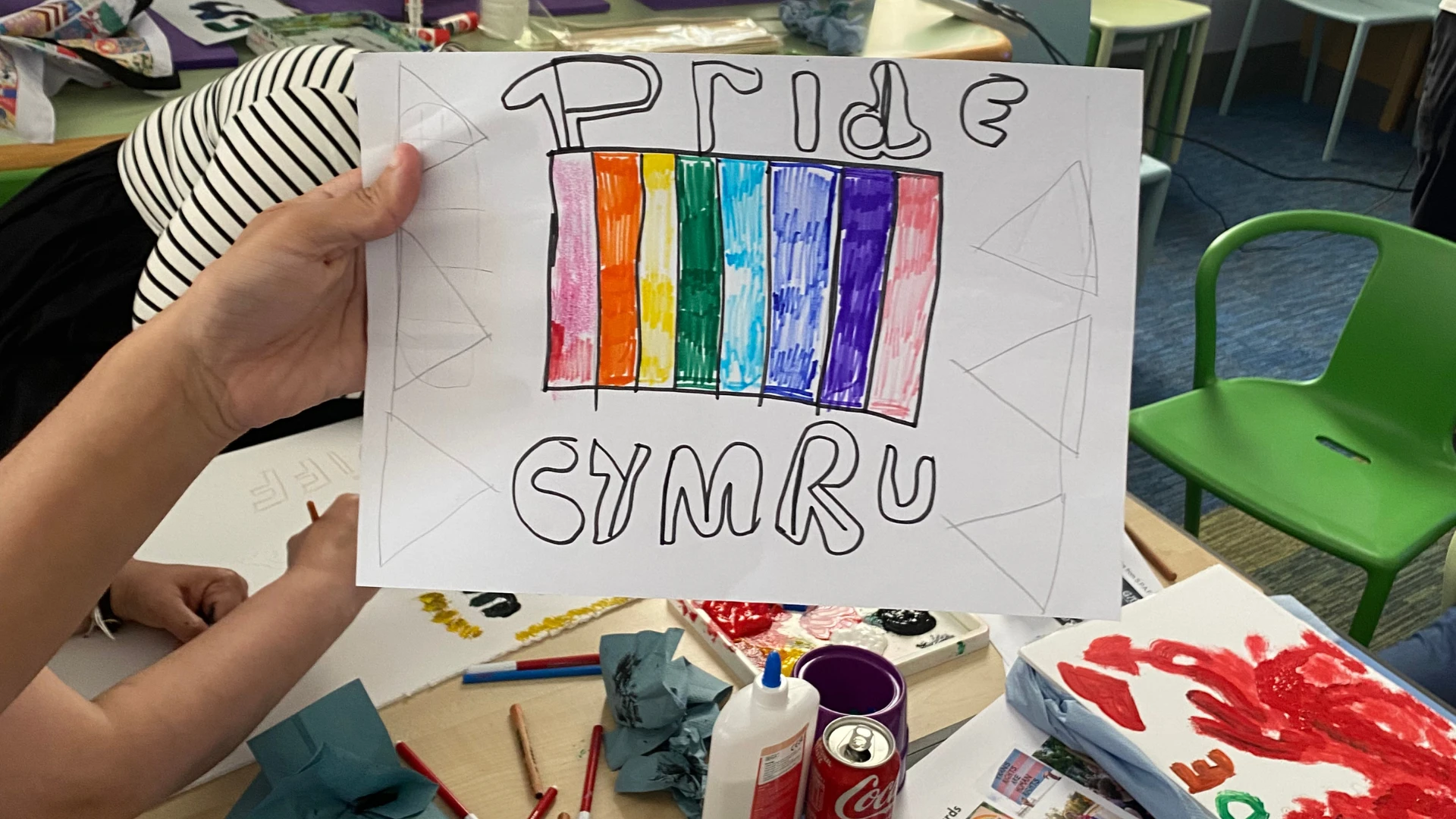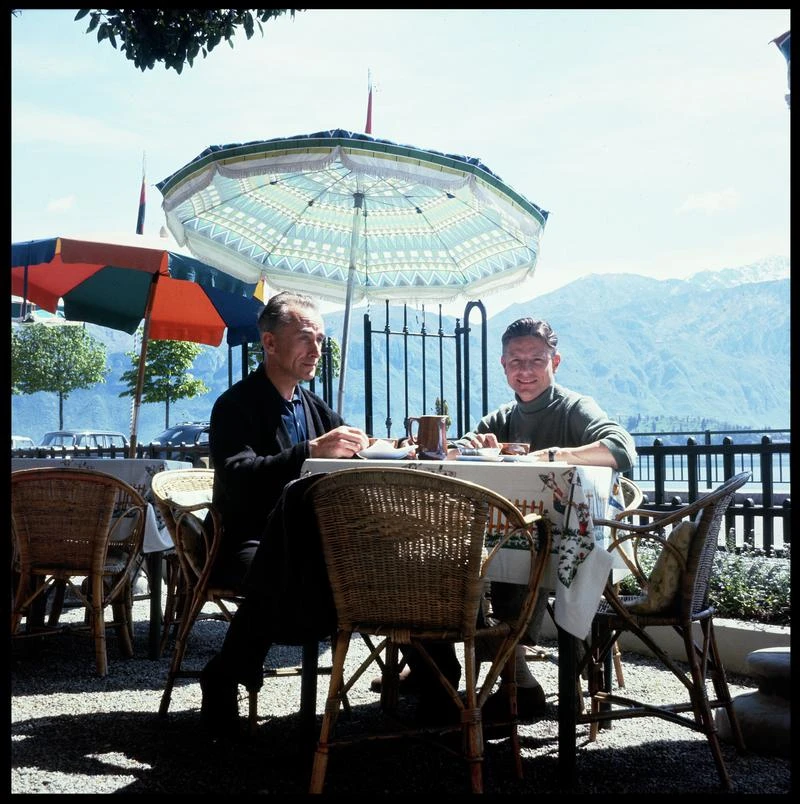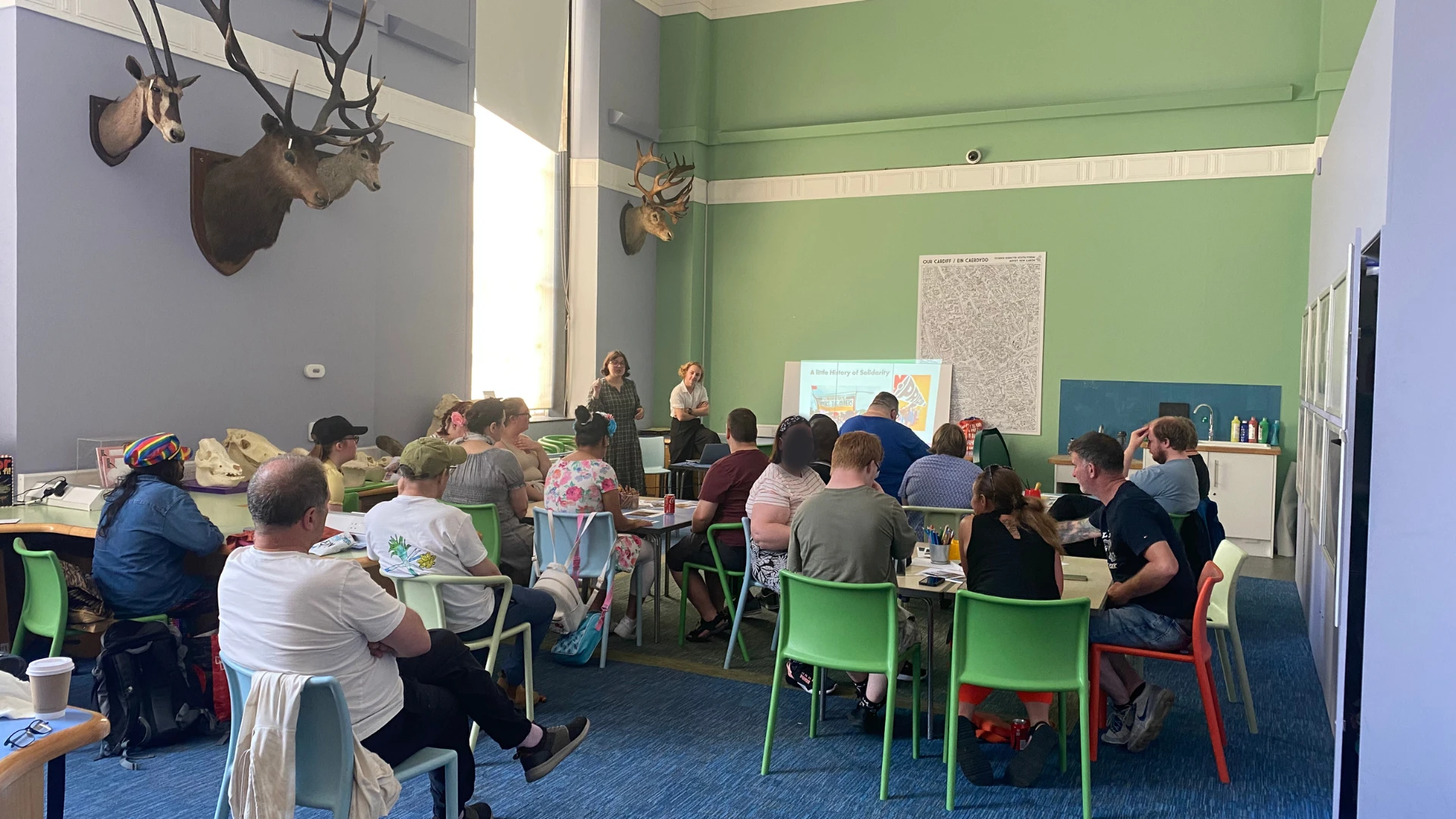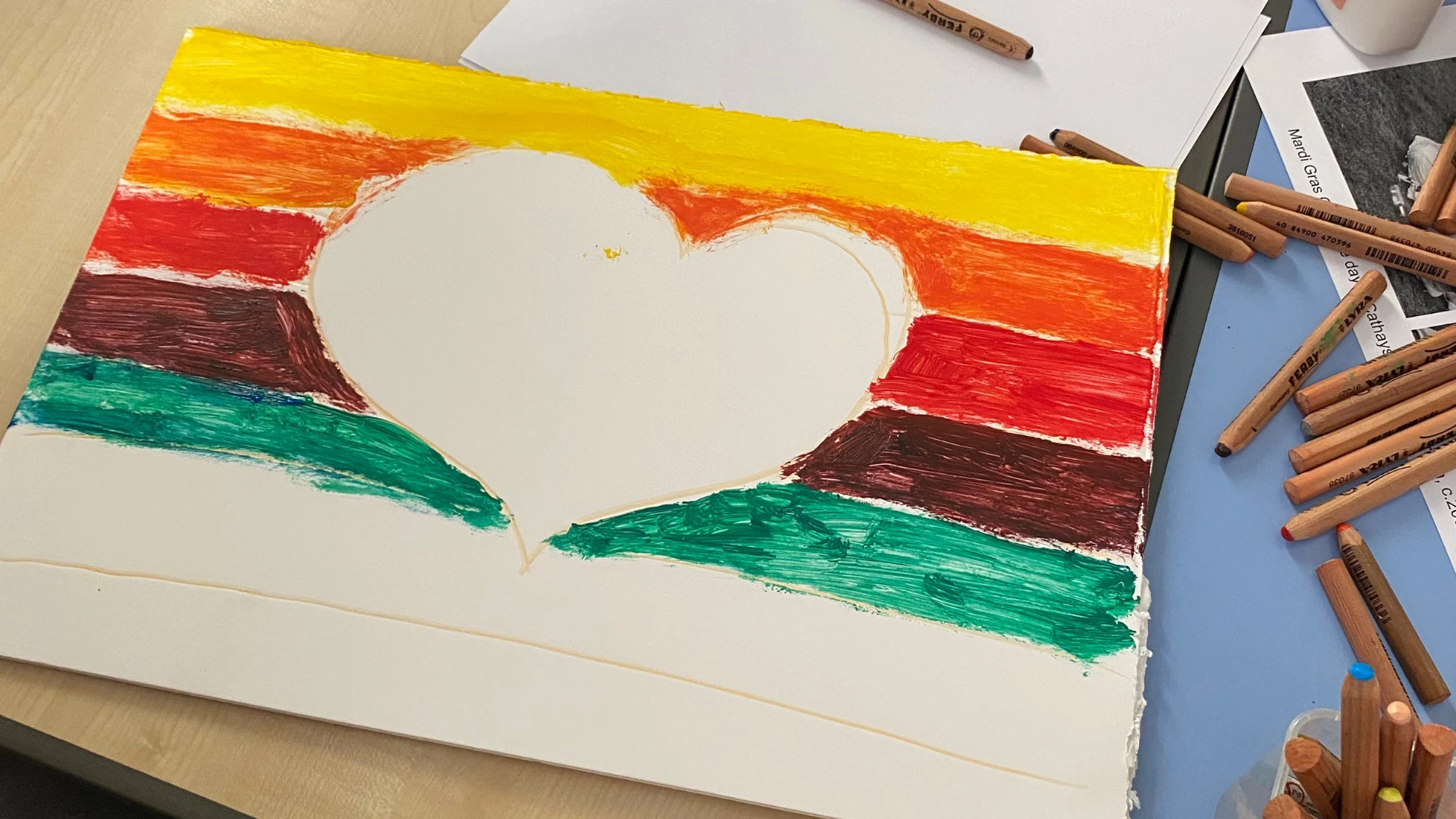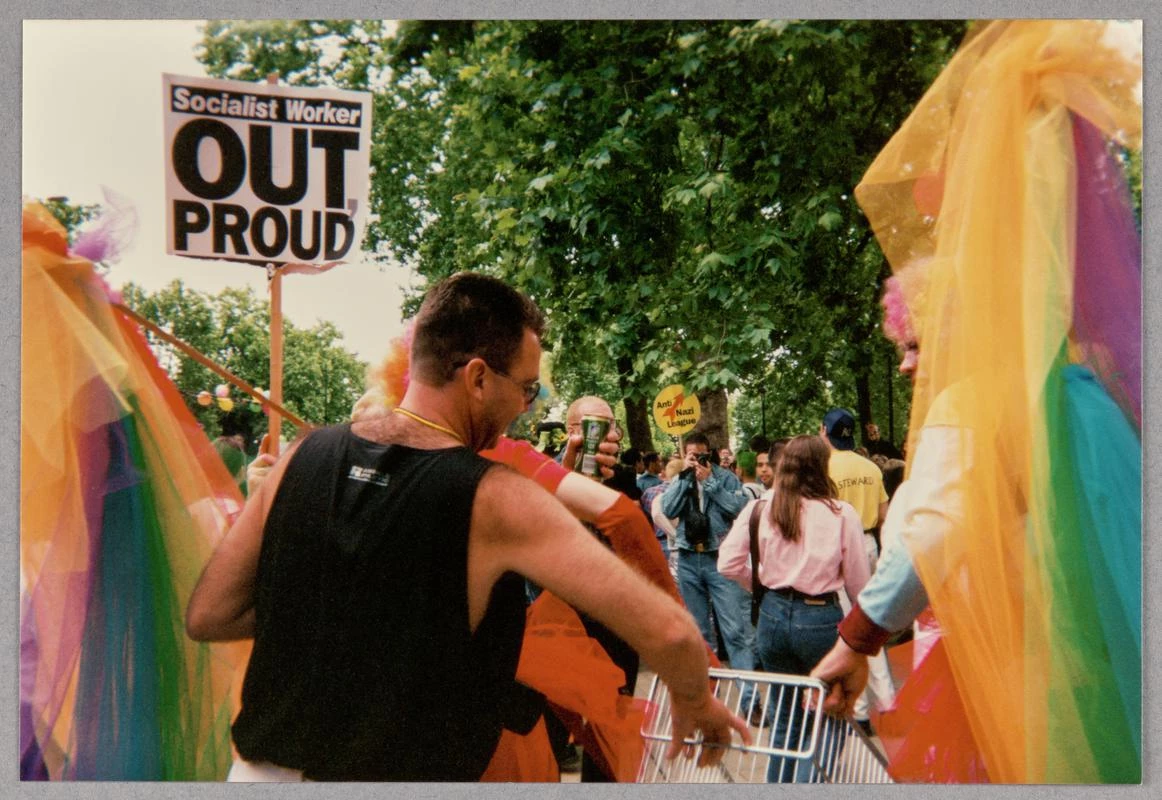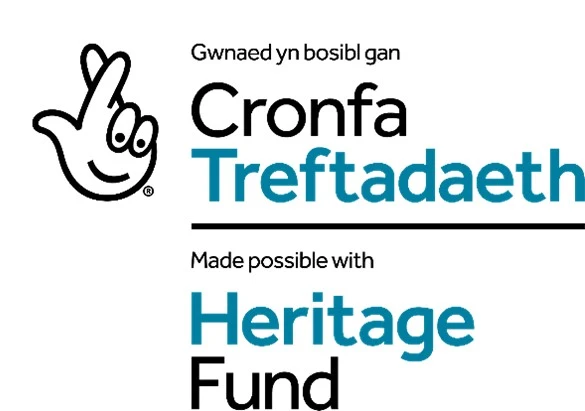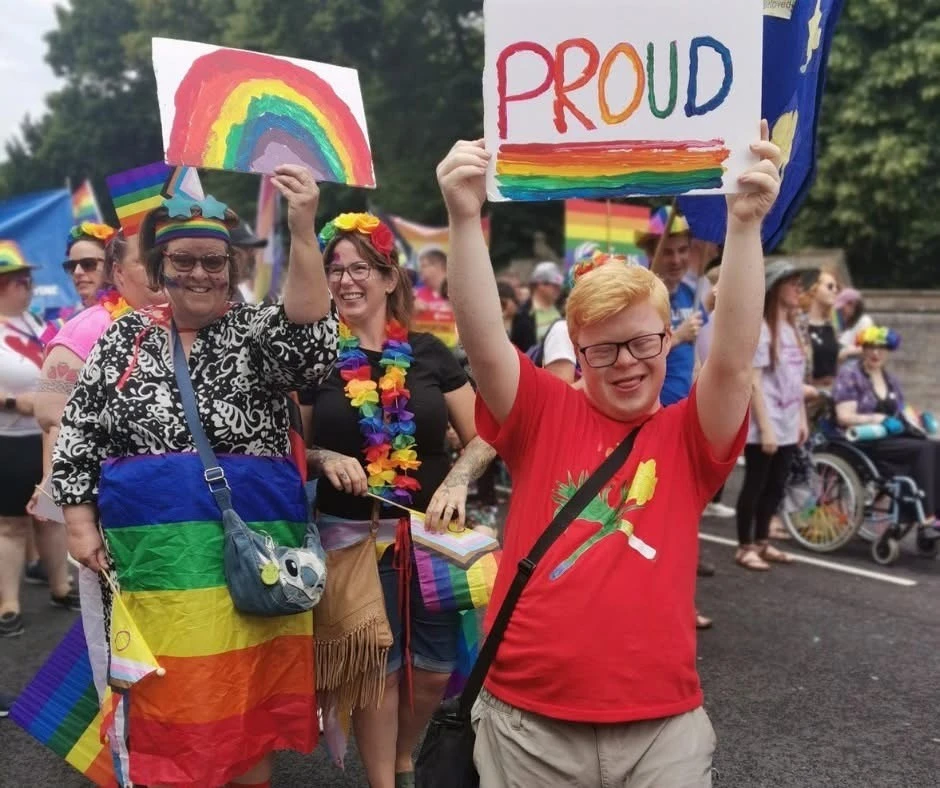Hwylio i Bennod Newydd: Ail-ddychmygu Amgueddfa Genedlaethol y Glannau
, 25 Medi 2025
Yn gynharach eleni, cymerais y llyw yn Amgueddfa Genedlaethol y Glannau, ac wrth i ni gyrraedd yr Hydref mae eisoes yn teimlo fel pe baem yn dal y gwynt yn ein hwyliau. O’r diwrnod cyntaf, cefais fy ysbrydoli gan angerdd ac arbenigedd ein tîm, sy’n caru straeon rhyfeddol ein casgliadau. Mae eu mewnwelediadau, ynghyd â’r croeso cynnes a gefais gan Abertawe ei hun, wedi fy argyhoeddi o un peth: bod gan yr amgueddfa yma y potensial i fod yn gyrchfan sy’n synnu, yn swyno ac yn cysylltu pobl mewn ffyrdd newydd.
Angori Ein Stori
Un o’r heriau cyntaf yr ydym yn eu hwynebu yw sut rydym yn adrodd ein stori. Mae ymwelwyr yn aml yn cyrraedd heb wybod ble dylai eu taith ddechrau. Gyda thair mynedfa wahanol a llwybrau troellog, mae’n hawdd colli’ch ffordd. Ychwanegwch at hynny’r disgwyliad (ar sail ein henw a’n lleoliad) fod yr amgueddfa’n ymwneud â’r môr a straeon morwrol Cymru, ac mae’n hawdd gweld pam y gall rhai ymwelwyr adael yn ddryslyd.
Mae ymwelwyr hefyd yn aml yn chwilfrydig ynghylch stori ein warws haneysddol. Beth oedd ei bwrpas? Pam fod y warws yma? Am gyfnod rhy hir, nid ydym wedi adrodd stori’r adeilad rhyfeddol yma i’n hymwelwyr.
Mae’r warws yn sefyll yn ei leoliad gwreiddiol, lle bu unwaith yn edrych allan dros ddoc prysur yn llawn llongau, gweithwyr, a rhythm diwydiant. Yma, bu’r warws yn rhan o’r cyfnewid mawr rhwng diwydiannau trwm Cymru a gweddill y byd ar draws y môr.
Dyna’r stori a’n hysbyrdolodd i droi ein golygon tua’r môr, i adael i’r môr arwain sut rydym yn adrodd straeon: y môr yw gwir galon ein gweledigaeth. Y môr yw’r edefyn sy’n cysylltu popeth – diwydiant, celf, archeoleg, a bywydau cymunedau ledled Cymru. O allforio glo a chopr, i deithiau teuluoedd a groesodd y cefnforoedd, mae stori Cymru’n stori a luniwyd gan y môr.
A pha le gwell i adrodd y stori yma na’n warws haneysddol? Adeiladwyd yn 1900 wrth ymyl Doc y De – bellach yn gartref i Farina Abertawe – ac mae’r adeilad ei hun yn dal i sibrwd ei orffennol diwydiannol. Mae traciau rheilffordd yn rhedeg ar hyd y llawr, ac mae swyddfa’r Harbour Trust a’r Tŷ Pwmp yn dal i sefyll gerllaw. Dyma hanes y gellir ei weld, ei gyffwrdd a’i deimlo o’ch cwmpas.
Agor y Drysau i’r Môr
Rydym eisoes wedi dechrau ar newidiadau bach ond pwerus. Mae ffenestri caeedig y warws bellach ar agor unwaith eto, gan adael golau i mewn a chysylltu’r gofod gyda’r Marina y tu allan. Mae’r weithred syml yma wedi trawsnewid yr awyrgylch, ac mae’n teimlo fel bod yr adeilad yn anadlu unwaith eto. Rydym hefyd wedi tynnu strwythurau arddangos swmpus oedd yn rhwystro’r olygfa, gan wneud yr amgylchedd haneysddol yn rhan o brofiad yr ymwelydd unwaith eto.
Mae’r Neuadd Weston, sy’n cysylltu’r Oriel Newydd â’r Warws hefyd wedi gweld rhai newidiadau. Rydym wedi cael gwared ar yr annibendod ac wrthi yn datblygu’r gofod i fod yn ardal croesawgar ac ysbrydoledig. Yma, bydd ymwelwyr yn dod ar draws canolbwyntiau trawiadol – gwrthrychau bydd yn eich stopio gan roi’r foment “WOW” i chi!
Dychmygwch hyn: yr optic goleudy South Bishop o 1842, wedi’i adfer i’w gyflwr gweithio, ei ben uchaf yn disgleirio bob dydd pan gaiff ei droi â llaw. Neu gerbyd rheilffordd hanesyddol wedi’i osod ar y traciau gwreiddiol, gan wneud gorffennol diwydiannol y warws yn weladwy ar unwaith. Nid arddangosfeydd yn unig mohonynt, ond pileri ein hunaniaeth gan gychwyn sgyrsiau am ddiogelwch ar y môr, Abertawe fel Dinas Noddfa, a chysylltiadau dwfn rhwng Cymru a gweddill y byd.
Golygfa Gyda’ch Coffi
Mae’n debyg hefyd y bydd ein caffi’n symud. Rydym yn archwilio’r posibilrwydd o’i leoli i fyny’r grisiau er mwyn manteisio ar ein balconi sy’n edrych allan dros y Marina. Dychmygwch yfed eich coffi gyda golygfa banoramig o’r glannau. Bydd hyn hefyd yn ein helpu i drawsnewid Mynedfa’r Marina yn fynedfa ddiddorol i groesawu’r nifer cynyddol o bobl sy’n pasio heibio.
Gorwelion Newydd ar gyfer Arddangosfeydd
Hyd yma, cynhaliwyd arddangosfeydd dros dro yn Neuadd Weston, gofod na chafodd ei gynllunio ar gyfer cynnal arddangosfeydd. Canlyniad hyn oedd cyfaddawdau a chyfyngiadau ar yr hyn y gallem ei ddangos. Mae hyn ar fin newid!
Rydym yn disgwyl creu orielau pwrpasol ar y mesanîn yn yr Oriel Newydd. Bydd y gofod hyblyg yma yn caniatau i ni gynnal arddangosfeydd uchelgeisiol o safon uchel a fydd yn synnu ac yn ysbrydoli, gan roi mwy o resymau i ymwelwyr ddychwelyd dro ar ôl tro.
Edrych Ymlaen
Mae’r daith o’n blaen yn un gyffrous i ni fel amgueddfa ac i Abertawe. Ein cynllun yw ail-ddatblygu’r Oriel Newydd a’r Warws yn unol â safonau arddangos modern, gan osod cymunedau ac ysbrydoliaeth i bawb yn greiddiol i’n gwaith. Yn ystod y misoedd nesaf, byddwn yn llunio’r manylion, yn gweithio gyda chymunedau ac ymwelwyr, ac yn mapio sut i adrodd stori Cymru trwy lens y môr.
Hyd nes hynny, disgwyliwch newidiadau bach ond pwerus – eiliadau annisgwyl, cyfarfyddiadau llawen, a safbwyntiau newydd sy’n amlyug sut mae’r môr wedi siapio bywyd ledled Cymru.
Amgueddfa Fyw i Bawb
Rwy’n hynod ddiolchgar i’r tîm yma, y mae eu syniadau a’u brwdfrydedd yn ein llywio ymlaen. Gyda phobl Abertawe a’n hymwelwyr, rydym yn gwneud Y Glannau yn lle i’w archwilio, ei fwynhau, a’i ddathlu – amgueddfa fyw, llawn profiadau llawen a rhyngweithiol i bawb.
Felly dewch ar y daith gyda ni. Mae’r llawn’n troi, ac mae pennod newydd yn hanes Amgueddfa Genedlaethol y Glannau newydd ddechrau.
